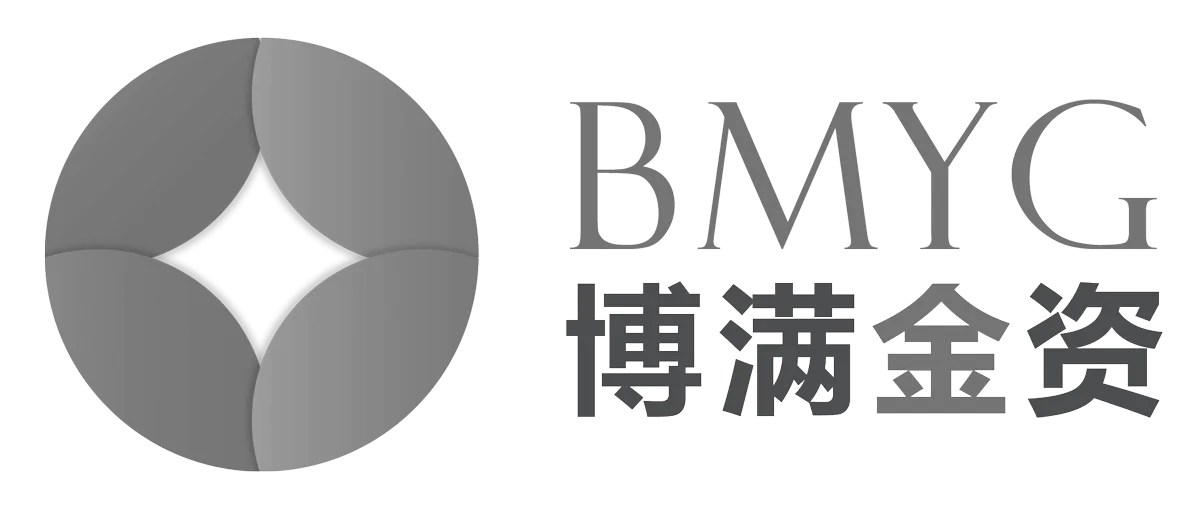News and Announcements

Major report backs value creation potential of Digital Twins
- Published October 27, 2021 12:00AM UTC
- Publisher Wholesale Investor
- Categories Company Updates
Ernst & Young has delivered a huge boost to Digital Twin technology’s value in building maintenance and operations, sustainability and reducing environmental impact, health and wellness, and real estate interface.
This comes from a white paper ‘Digital Twin: The Age of Aquarius in construction and real estate’, in which the financial giant draws on a host of sources and examples, and concludes that adoption of Digital Twins can reduce real estate operating costs by up to 35%, drive down carbon emissions, deliver a healthier workplace, and enhance user experiences.
The Ernst & Young (E&Y) paper focuses on four key areas:
Building Maintenance and Operations
Incredibly, operations can cost up to five times a building’s capital investment. A recent joint study by Harvard Business School and Microsoft found that two thirds of global organizations are adopting new technologies to control their real estate’s energy use.
Digital Twins can reduce the significant maintenance costs of any asset by collecting, monitoring and analyzing real-time data while utilizing machine-learning models to mitigate future risks.
Digital Twin pioneer Cityzenith’s SmartWorldOS™ platform has an intuitive, 3D visualizer with an easy-to-use dashboard giving insight into an array of information and analytics across the entire lifecycle: site selection, design and planning, construction, operations, maintenance, and sales. SmartWorldOS™ has the ability to reduce operating costs by 35%, as well as boost productivity by 20%.
Environmental Impact and Sustainability
Using Digital Twins, owners and facility managers can reduce a building’s environmental footprint by decreasing the energy consumption of various components and systems.
The white paper singles out Singapore’s Nanyang Technological University, which has used Digital Twins and real time data analysis to examine and reduce energy and water use, carbon emissions, and waste across its campus of over 200 buildings.
During five years of facility operations, phase 1 analysis resulted in a 21% reduction in campus energy consumption, cutting 7.4 kilotonnes in carbon emissions and S$3.9 million (US$2.94 million) from the university running costs.
In the final stage, virtual Digital Twin models using data from Phase 1 and Phase 2 (a total of 10 years) modelled the impact from installing a range of potential technologies. The adoption of these then resulted in a 31% energy reduction and S$4.7 million (US$3.5 million) of cost savings over the decade, while placing NTU on track towards carbon neutrality.
Cityzenith’s SmartWorldOS™ software can reduce carbon emissions in urban areas by between 50-100%, making a difference in the global effort to protect the built environment as part of the UN’s race to zero.
People Improvements and Real Estate Interface
Global real estate expert JLL recently estimated that 30-40% of office space is underutilized and E&Y believes Digital Twins are a viable solution for tracking occupancy patterns and pinpointing inefficiencies.
Path of travel is a pivotal data point, often overlooked, but a Digital Twin can assist in designing roads, entrances/exits, and parking diagrams to align with peak traffic flows, while the Digital Twin can also optimize employees’ schedules to skip high traffic periods.
Building owners can enhance personal safety for their employees and assets too by installing automated security systems within the Digital Twin. AI image recognition in the IoT network could monitor areas now typically patrolled by security personnel. Threat detection should be improved substantially and no longer require such a large security team; the white paper estimates a 50% reduction in security wages at least.
Cityzenith’s SmartWorldOS™ analytics tools can identify the most efficient plans for designing and streamlining security systems, utilizing office space and providing the most effective local infrastructure for offices.
Health and Wellness
Digital Twins are expected to be pivotal towards ensuring workplaces are healthy and safe, by providing organizations with an ‘advanced toolkit’ that deploys sensors, thermal screening, and computational fluid dynamics – to reduce the spread of airborne viruses. By monitoring carbon dioxide levels, owners also meet multiple requirements detailed within the international WELL building standards.
Construction services giant Arup improved occupant health and wellness in its Tokyo office by analyzing employee concentration, stress, and heart rate fluctuations via 16 occupancy sensors in meeting rooms, private offices, and open spaces. The building also had 12 environmental sensors to measure temperature, humidity, and CO2 concentration, and used AI to categorize human emotions based on voice data.
This follows on from a report from ABI Research which revealed the cost benefits of using Digital Twins for urban planning could be worth $280 billion for cities by 2030. Platforms such as SmartWorldOS™ are at the forefront of this global push to make cities more efficient and save city planners billions of dollars.
Cityzenith Founder and CEO Michael Jansen said: “This white paper is yet another brick in a wall of evidence that Digital Twins can make huge savings for the built environment, and Cityzenith is at the very forefront of this push into the future.”
Company Updates
Backed By Leading Investment Groups and Family Offices







